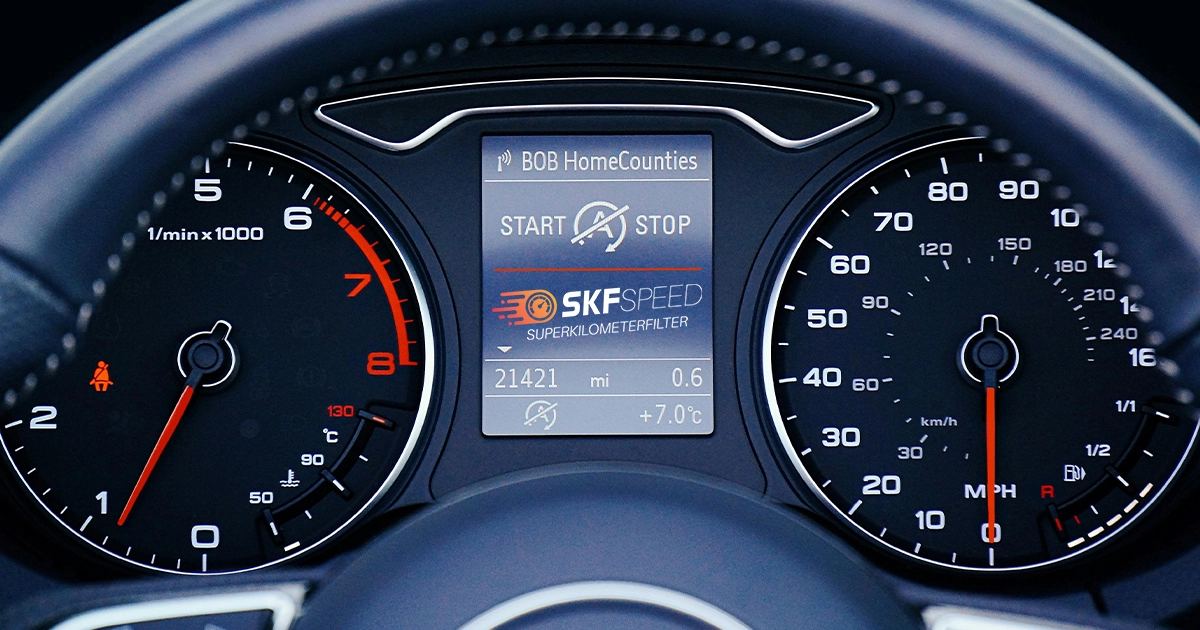
The IRS mileage rate 2024 is the latest indicator showing how much money will be reimbursed per mile in 2024 if the car is used for business reasons. The International Revenue Service (IRS) publishes these statistics, which are publicly available to anybody interested in learning about the most recent rates. If you want to learn more about IRS data and how to apply it in practice, This blog provides all the necessary information.
The IRS mileage rate is the official mileage reimbursement for vehicle owners, and the United States Federal Government determines it. The IRS rate is a standard method of determining deductible amounts, and the rates change annually.
Why is its presence essential? It is intended to compensate for any additional expenditures drivers spend on duty. People often use vehicles for a variety of purposes. One of the most common examples is the daily use of cars for business-related activities. In such circumstances, the additional expenses and damage to the automobile constitute an extra cost not included in the salary. Although the employee receives compensation for his work, he has incurred an additional fee that must be compensated. The mileage rate 2024 is a reimbursement rate meant to cover such costs.
For example, imagine you need to use your personal vehicle for work. Let’s presume you spend $400 this month. If there was no IRS mileage rate, no one could calculate how much money should be paid to you; therefore, you would not get such compensation.
Vehicle mileage reimbursement has a long history and has gone through significant phases. These stages were crucial for its final formation. Therefore, it’s important to look into these historical periods and see how events have changed over time.

The vehicle mileage rate 2024 for business use is 67, for charity 14, and for medical or military moving 21 cents/mile. The IRS rates change annually, and these are the latest mileage reimbursements for 2024.
If we compare the mileage rates for 2023 and 2024, we see subtle shifts and fluctuations in different sectors.
It is critical to use the IRS mileage rate 2024 in practice. Miles reimbursement plays a crucial role in all sectors.
For example, consider a case where a consultant has to meet with clients and uses personal transport to get to the meetings. He faces additional expenses to carry out his official tasks. Of course, this will negatively affect his finances and leave him uncomfortable. The issue remains the same even when the employee must drive himself to business conferences. By carefully documenting your miles and applying the mileage rate 2024, you can precisely calculate your deductible vehicle costs and lower taxable revenue.
Imagine a freelance graphic designer who runs her business from home. She travels 10,000 miles yearly to meet with customers, attend networking events, and purchase project supplies. Using the 2024 IRS mileage rate of $0.58 per mile for business purposes, she can calculate her deductible mileage expenses. In this example, her reimbursement mileage claims are $5,800 (10,000 miles x $0.58 per mile). She may claim this $5,800 tax deduction, lowering her taxable income by that amount. Consequently, she saves money on her taxes, which she may reinvest in her business or personal finances.
Mileage is the main consideration when determining the IRS rate. The reimbursement amount is calculated based on the traveled distance (miles or kilometers). The IRS mileage rate 2024 is the official federal reimbursement method for using your car for business goals. Whether you live in California or other states, you should follow the Internal Revenue Service guidelines and rates.
The IRS establishes an annual mileage rate, making it easier to calculate deductible car costs such as business trips. This rate accounts for various spending, such as gasoline, maintenance, and insurance. Individuals and organizations can precisely determine deductible costs by tracking their mileage and using the mileage rate 2024. Vehicle mileage and the IRS rate offer a simple solution to manage taxes while complying with an IRS standard.
Therefore, distance and the IRS rates are tightly connected. Unless you know the actual miles, having the rate is meaningless since you won’t be able to use it. As a result, understanding the actual mileage has become increasingly vital in today’s car industry.

The mileage blocker is a modern device that halts vehicle distance recording. This tool doesn’t remove or reset existing mileage. A unique characteristic of the blocker is that it prevents the system from storing mileage-related information in the storage units. Hence, the data is completely undetectable. This feature may affect the calculation of the 2024 IRS mileage rate for your vehicle. However, the blocker aims to help testers with automobile testing and tuning.
The SuperKilometerFilter (SKF) mileage blocker is made in Germany using premium-quality materials. It guarantees that it works perfectly in any weather conditions. Besides, this device is compatible with almost all car models, and you can buy the SKF mileage blocker for your vehicle.
The Mileage Blocker has several advantages. For instance, it has different modes, which give you several options to choose from. You can select the one most suitable for you and switch to another mode later. The SKF mileage blocker’s mobile app allows you to monitor and control the device directly from your phone.
In addition, this tool has installation instructions so you can assemble and install it yourself. Always remember that the mileage blocker is meant for only car testing purposes and shouldn’t be used on public roads. For additional information, please check the support section or customer service department.
The IRS mileage rate 2024 compensates you based on the miles your vehicle traveled for business purposes. The Internal Revenue Service (IRS) sets these rates annually based on recent trends. In 2024, the mileage rate is 67, 14, and 21 cents/mile for business, charity, and medical or military moving, respectively. As this data changes every year, you should monitor and check it regularly before doing reimbursement calculations.








Here you will find all the details about our company
Here you will find shipping and return related information
Here you will find information on all technical questions
Here you will find helpful information about installation